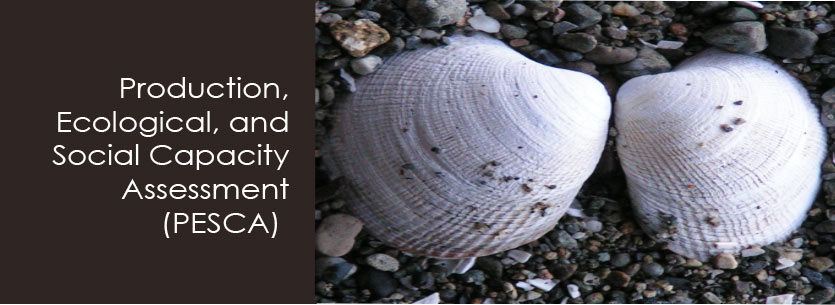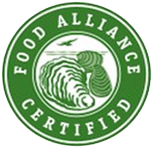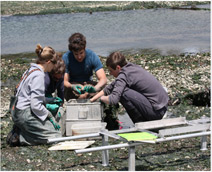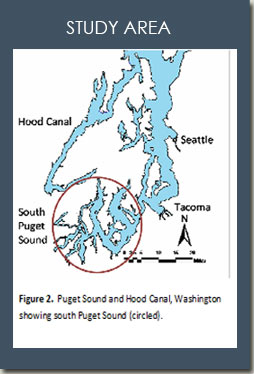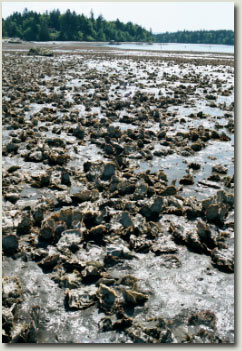PSI recently completed a multi-year long project aimed at defining and modeling factors involved in the culture and ecology of shellfish aquaculture, generating social carrying capacity data and engaging coastal communities in the modeling process.
This project stems from the recognition that shellfish aquaculture is rapidly becoming a dominant player in the U.S. seafood industry, and that suspension-feeding bivalves are valued providers of ecological services to shallow-water ecosystems. Shellfish, however, are only one component of the sound Puget Sound ecosystem, and shellfish production is one of many uses of that water body. Carrying capacity has been identified as an appropriate tool to evaluate sustainable aquaculture development, but early models focused on production carrying capacity and failed to evaluate the impacts of aquaculture on aquatic food webs or consider the social acceptance of aquaculture activities. To adequately address questions of sustainability, PSI is applying an expanded definition of carrying capacity to include the physical, production, ecological and social carrying capacities.
Key aspects of this research involved: 1) gaining an understanding of physical and production carrying capacity (e.g. water quality, bathymetry, currents, plankton, detritus, nutrients, etc.) for siting considerations; 2) applying the same biological, chemical and physical parameters on an ecosystem scale to determine the maximum level of production possible without having an unacceptable ecological impact; 3) considering traditional fisheries, recreational uses, and other local/ecological priorities in an integrated environmental and socio-economic ecosystem-based process; and 4) communicating this information between the producers, scientific, management and local communities.
Using south Puget Sound as a case study, Farm Aquaculture Resource Management (FARM) and EcoWin2000 models were used to calculate production and ecological carrying capacities, respectively, at the farm and system scales. Outputs from EcoWin2000, together with south Puget Sound water quality and socio-economic data were combined using an ASSETS (Assessment of Estuarine Trophic Status), which provides a set of indices of system health more meaningful to managers than the results of complex models. Ecopath and EcoSim (EwE) was be employed to simulate marine organism interactions and responses to changing anthropogenic and environmental stressors. As part of the EwE process, PSI and partners engaged a regional working group and integrated feedback from a public perceptions survey.
This work was done in partnership with the Washington State University, Social and Economic Research Center, Longline Environment Ltd (UK), Dr. David Priekshot (Department of Fisheries and Oceans, Canada), Washington Sea Grant, Baywater, Inc., Washington Department of Ecology, and NOAA National Ocean Service.
|
|
|




